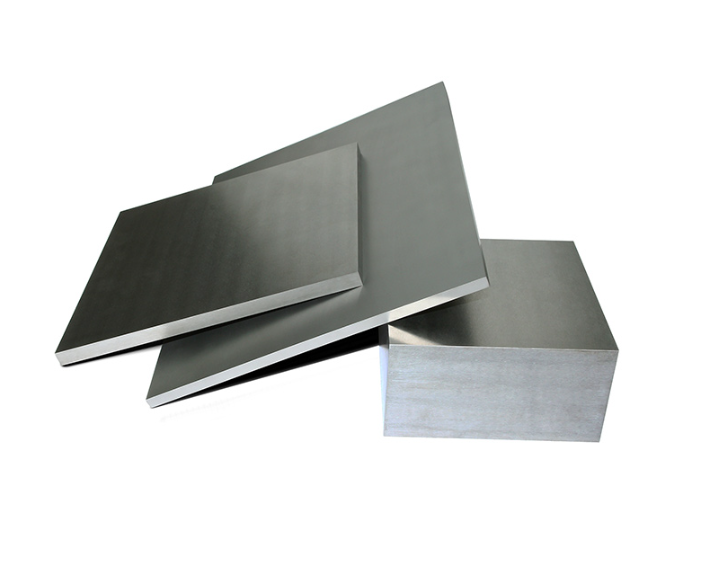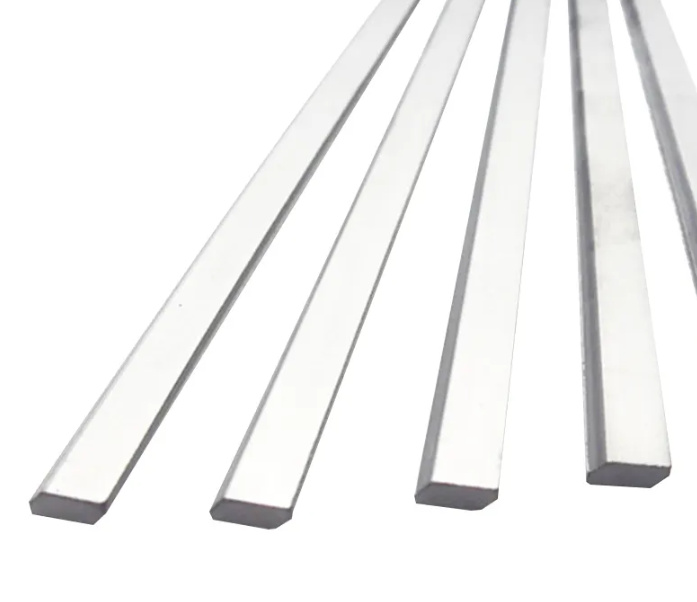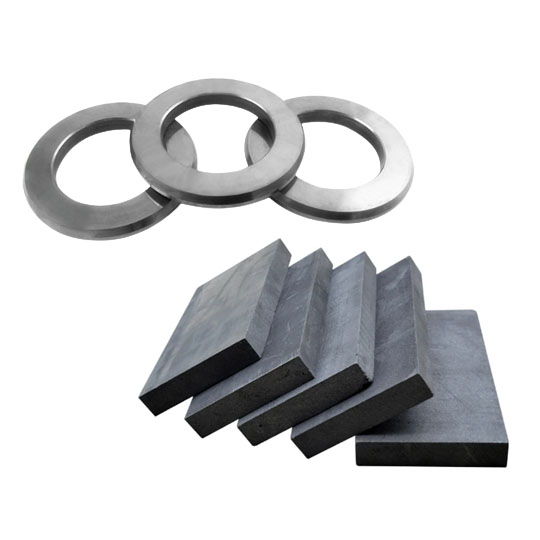Требования к высокоскоростным режущим инструментам
Вы когда-нибудь задумывались, что делает режущий инструмент способным молниеносно разрезать металл и при этом быстро изнашиваться? Оказывается, для этого требуется не только острая кромка. Высокоскоростные режущие инструменты должны соответствовать довольно жестким критериям.
Прежде всего, эти инструменты должны исключительная твердость чтобы выдерживать нагрузки, возникающие при высокоскоростной обработке. Когда металл встречается с металлом на высокой скорости, происходит нагрев, трение и износ. Если ваш инструмент не может справиться с этим, игра окончена.
Далее им необходимо термическая стабильность. Это означает, что материал должен сохранять свою твердость даже при температурах, превышающих 800°C. Представьте себе, что вы пытаетесь резать сталь, в то время как ваш инструмент буквально раскален докрасна!
Добавить в прочность для защиты от сколов и трещин, устойчивость к химическому износу (от смазочных материалов и материалов заготовки), и прецизионная обрабатываемость чтобы убедиться, что инструменты могут быть изготовлены с жесткими допусками. Теперь вы видите высокую планку, которую должны преодолеть материалы для режущих инструментов.
Как же твердосплавные материалы вписываются в эту требовательную линейку? Давайте узнаем.
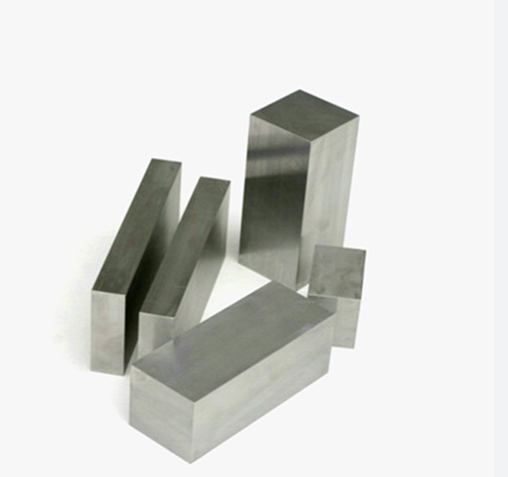
Почему Твердосплавные стержни Идеально подходят для высокоскоростных режущих инструментов
Давайте поговорим о настоящем MVP: твёрдосплавные стержни. Если бы высокоскоростная резка была олимпийским видом спорта, твердосплавные стержни всегда становились бы золотыми медалистами. Но почему именно они показывают такие высокие результаты?
В своей основе (в буквальном смысле) твердосплавные стержни изготавливаются из карбид вольфрама (WC) порошок в сочетании с металлическим связующим, таким как кобальт. Это сочетание дает убийственную смесь твердости и прочности. Думайте об этом как о когтях Росомахи - почти не ломающихся, невероятно острых и готовых к бою.
Твердосплавные стержни предложение:
- Превосходная твердость и износостойкость: Идеально подходит для резки твердых металлов, таких как нержавеющая сталь, титан и высоконикелевые сплавы.
- Термическая стабильность: Они не теряют своей остроты даже при температуре 1000°C.
- Точность размеров: Благодаря точным процессам спекания и шлифования вы получаете стабильность каждого изготовленного инструмента.
- Ударопрочность: Не такая хрупкая, как керамика, но все же достаточно твердая, чтобы служить гораздо дольше, чем HSS (быстрорежущая сталь).
И вот что еще важно: Твердосплавные инструменты, изготовленные из высококачественных стержней, часто служат В 3-10 раз дольше чем инструменты, изготовленные из традиционных материалов.
Сравнение с другими материалами: Карбид против быстрорежущей стали, керамики и керметов
Теперь давайте сравним твердосплавные стержни с конкурентами. Ну, знаете, для науки.
| Материал | Твердость (HV) | Термическое сопротивление | Жесткость | Срок службы инструмента | Стоимость | Общее использование |
|---|---|---|---|---|---|---|
| Твердосплавные стержни | 1600-2000 | До 1000°C | Средний | Высокая | $$$ | Фрезерование, точение, сверление |
| HSS | 600-900 | До 600°C | Высокая | Средний | $ | Общая обработка, использование для хобби |
| Керамика | 2000+ | До 1200°C | Низкий | Очень высокий | $$$$ | Высокоскоростная обработка чугуна |
| Керметы | 1400-1600 | До 800°C | Средний | Средний и высокий | $$ | Отделочные работы |
Так что да, твердый сплав - это то, что нужно: Достаточно твердый, чтобы резать, достаточно прочный, чтобы служить долго, и достаточно устойчивый при нагревании.. Неудивительно, что он стал отраслевым стандартом.
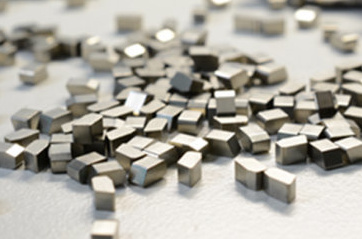
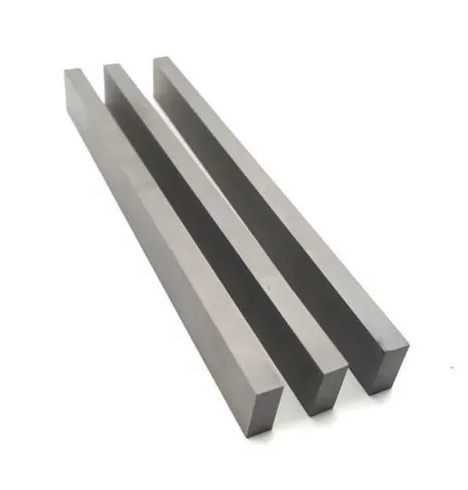
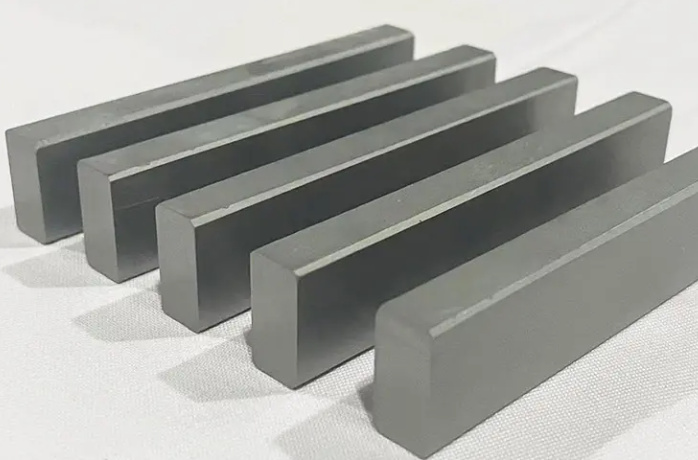
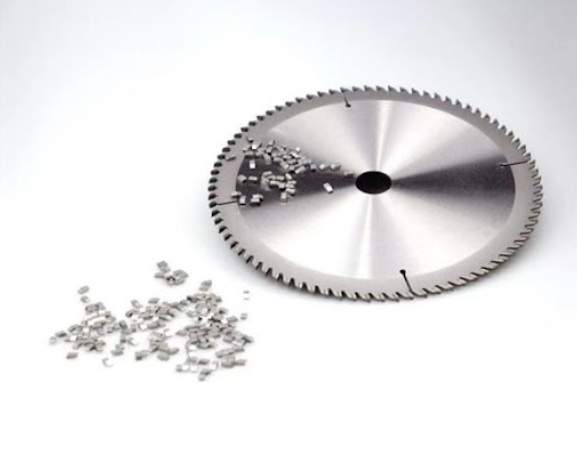
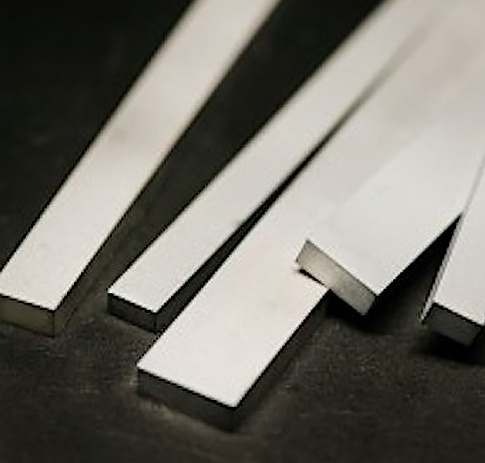

Распространенные области применения твердосплавных стержней в промышленной оснастке
Прелесть твердосплавных стержней в том, насколько они универсальны. Вот краткое описание того, в чем они проявляют себя:
| Приложение | Примеры изготовленных инструментов | Преимущества в использовании |
|---|---|---|
| Обработка с ЧПУ | Концевые фрезы, сверла, развертки | Долгий срок службы, высокая точность |
| Аэрокосмическое производство | Фрезы, расточные планки | Выдерживает нагрев и режет прочные сплавы |
| Автомобильная промышленность | Инструменты для формовки, пуансоны | Резка высокоскоростной стали, повторяемость |
| Изготовление пресс-форм и штампов | Микроинструменты, гравировальные резцы | Точные детали, отделка поверхности |
| Деревообработка и композиты | Сверла для фрез, пильные полотна | Сохранение кромки, более гладкая отделка |
Твердосплавные стержни - это как швейцарский армейский нож в мире режущих инструментов: у них есть инструмент для любой работы.
Конкретные модели металлических порошков, используемых в Твердосплавные стержни
Когда мы говорим о твердом сплаве, мы на самом деле имеем в виду порошки - крошечные зерна, которые прессуются и спекаются в стержни. И не все порошки созданы одинаковыми. Вот 10+ конкретных моделей используется в промышленности:
| Модель порошка | Состав и характеристики |
|---|---|
| WC-Co (K20) | Мелкозернистый карбид вольфрама с кобальтом 10%; общее назначение с высокой твердостью |
| WC-Co (K30) | Среднее зерно с кобальтом 12%; повышенная вязкость для прерывистого резания |
| WC-Co (K10) | Ультрамелкое зерно, кобальт 6%; чрезвычайно твердый, идеально подходит для финишной обработки |
| WC-Ni | Карбид на никелевой связке; используется в коррозионно-стойких приложениях |
| WC-TiC-Co | Добавление карбида титана для повышения термостойкости и защиты от износа |
| WC-TaC-Co | Карбид тантала добавлен для повышения твердости красного цвета |
| WC-Co-Cr | Модифицированный хромом для высокой стойкости к окислению |
| Субмикронный WC-Co | Очень мелкие частицы (<0,5 мкм); идеально подходят для микроинструментов и прецизионных приложений. |
| Ультратонкий WC-Co | Зерно 0,2 мкм; позволяет создавать супер острые кромки и высокую чистоту поверхности |
| WC-Co-Vc | Легирование карбидом ванадия; повышает износостойкость при высоких скоростях |
| WC-Co-ZrC | Легированный карбидом циркония; повышенная коррозионная стойкость и устойчивость к тепловым ударам |
Каждый из этих типов порошка позволяет использовать твердосплавный стержень для решения конкретных задач. Вы же не станете надевать туристические ботинки, чтобы пробежать марафон, верно? Здесь та же логика.
Советы по выбору качества Твердосплавные стержни
Итак, вы знаете, что твердосплавные стержни - это настоящий товар. Но как выбрать хорошие из хлама? Вот несколько секретных советов:
- Проверьте размер зерна: Более мелкое зерно = более острый инструмент и лучшая износостойкость. Субмикронные и ультратонкие порошки - это то, что нужно.
- Содержание переплета имеет значение: Больше кобальта = больше прочности, но меньше твердости. Сопоставьте это с вашим применением.
- Ищите авторитетные бренды: Такие имена, как Sandvik, Kennametal и Sumitomo, имеют жесткие процессы контроля качества.
- Запросите данные о спекании: Показатели плотности и пористости могут многое рассказать о качестве стержня.
- Испытательные образцы, когда это возможно: Полевые испытания всегда выигрывают у спецификаций.
- Проверьте наличие классов ISO: Такие марки, как ISO K, M, P, позволяют быстро определить, подходит ли пруток для стали, нержавеющей стали или чугуна.
Инвестиции в высококачественные стержни могут обойтись дороже, но, поверьте, они окупаются меньшим количеством смен инструмента, меньшим временем простоя и более качественными деталями.

Вопросы и ответы
| Вопрос | Ответить |
|---|---|
| Почему твердосплавные стержни лучше, чем быстрорежущая сталь, для высокоскоростной обработки? | Твердый сплав остается более твердым при высоких температурах, режет быстрее и служит дольше - даже если изначально он стоит дороже. |
| Можно ли перетачивать твердосплавные стержни? | Да, с помощью алмазного шлифования. Но это непросто и требует высокоточного оборудования. |
| Все ли твердосплавные стержни одинаковы? | Нет. Размер зерна, содержание связующего и добавок варьируются в широких пределах. Выбирайте в соответствии с вашими потребностями. |
| Как узнать, какой класс ISO следует использовать? | ISO P = сталь, M = нержавеющая сталь, K = чугун. Для достижения наилучшей производительности подберите материал в соответствии с классом. |
| В чем разница между ультратонким и субмикронным карбидом? | Ультрамелкий размер зерна еще меньше, чем субмикронный, что обеспечивает более острые края и лучшую обработку поверхности. |
| Хорошо ли работают твердосплавные стержни в системах ЧПУ? | Безусловно. Они обеспечивают точность, жесткость и долговечность инструмента - идеальное решение для систем ЧПУ. |
| Существуют ли экологические проблемы при использовании твердосплавных инструментов? | Использованные инструменты можно перерабатывать, и многие производители извлекают кобальт и вольфрам для повторного использования. |
| Можно ли использовать твердосплавные стержни в проектах DIY или хобби? | Можно, но они требуют правильного обращения и оборудования для заточки. Они лучше подходят для профессиональных магазинов. |
| Как изготавливаются твердосплавные стержни? | С помощью порошковой металлургии: смешивание порошков, прессование в форму, затем спекание при высоких температурах. |
| Какие бренды производят лучшие твердосплавные стержни? | Лидируют Sandvik, Ceratizit, Kennametal, Mitsubishi Materials и Sumitomo. |

